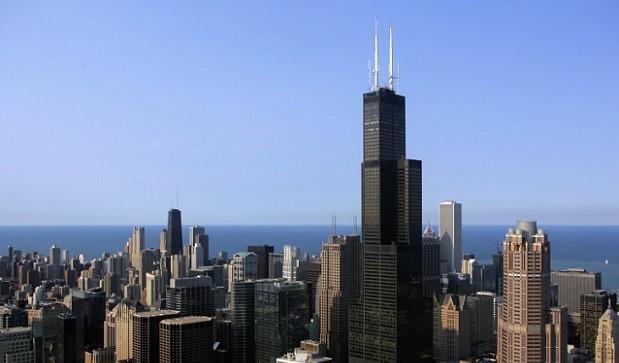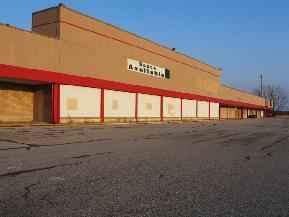 Chicago saw 2.4 million square feet of absorption in the first three quarters of 2016, the most of any metro area except Dallas and Phoenix.
Chicago saw 2.4 million square feet of absorption in the first three quarters of 2016, the most of any metro area except Dallas and Phoenix.
CHICAGO—It’s been a bit of a strange year for the US economy. After several years of steady growth and good economic news, 2016 saw a couple of shocks that generated some worry and uncertainty. But through it all, office users throughout most of the US have kept expanding, albeit at a slower pace than in the past few years, according to a new report from Cushman & Wakefield.
Net absorption of office space totaled 13.2 million square feet in the third quarter, down from 17.9 million square feet in the second quarter. In the first three quarters of 2016, the amount of space absorbed totaled 42.2 million square feet, more than 31% lower than the 61.5 million square feet absorbed in the first three quarters of 2015.
However, just as in the second quarter, tenants were expanding fast enough to keep up with the amount of new supply. Developers finished about 11.3 million square feet of new office space across the US in the past three months. As a result, the US office vacancy rate dropped from 13.3% to 13.2%, the lowest it has been since the first quarter of 2008. Since reaching a peak in the first quarter of 2010, the national vacancy rate has fallen 420 bps.
“From wild swings in the stock market early in the year to Brexit, Federal Reserve policy and now the upcoming election, US companies have had a lot to digest this year,” says Kevin Thorpe, Cushman & Wakefield global chief economist. “Although they continue to expand, they are doing so more cautiously.”
The US Bureau of Labor Statistics reported on Friday that employers created 156,000 jobs in September, a good indication that job growth, the key demand driver for office markets, has moderated from the blistering pace of 2014 and 2015. Job growth has averaged 178,000 per month this year, compared with an average of 229,000 per month in 2015.
However, according to C&W, “a slowdown is not unexpected at this stage of the cycle, as the economy approaches full employment and companies have a harder time finding qualified workers.”
Using a slightly different methodology, last week JLL released similar findings on the US office market’s third quarter. And its researchers said 47% of all leases that exceeded 20,000 square feet were expansions. Nearly 42% of the leases did not change in size, and just 11% involved downsizing.
Both firms found that developers have picked up the pace of new construction. According to C&W, at the end of the third quarter slightly more than 103 million square feet of new office space was underway, the most since 2007. That pace raises the possibility that “2017 will turn out to be the inflection point when new construction exceeds absorption, and national vacancy rates bottom out.”

















 Copyright © 2024 ALM Global, LLC. All Rights Reserved.
Copyright © 2024 ALM Global, LLC. All Rights Reserved.